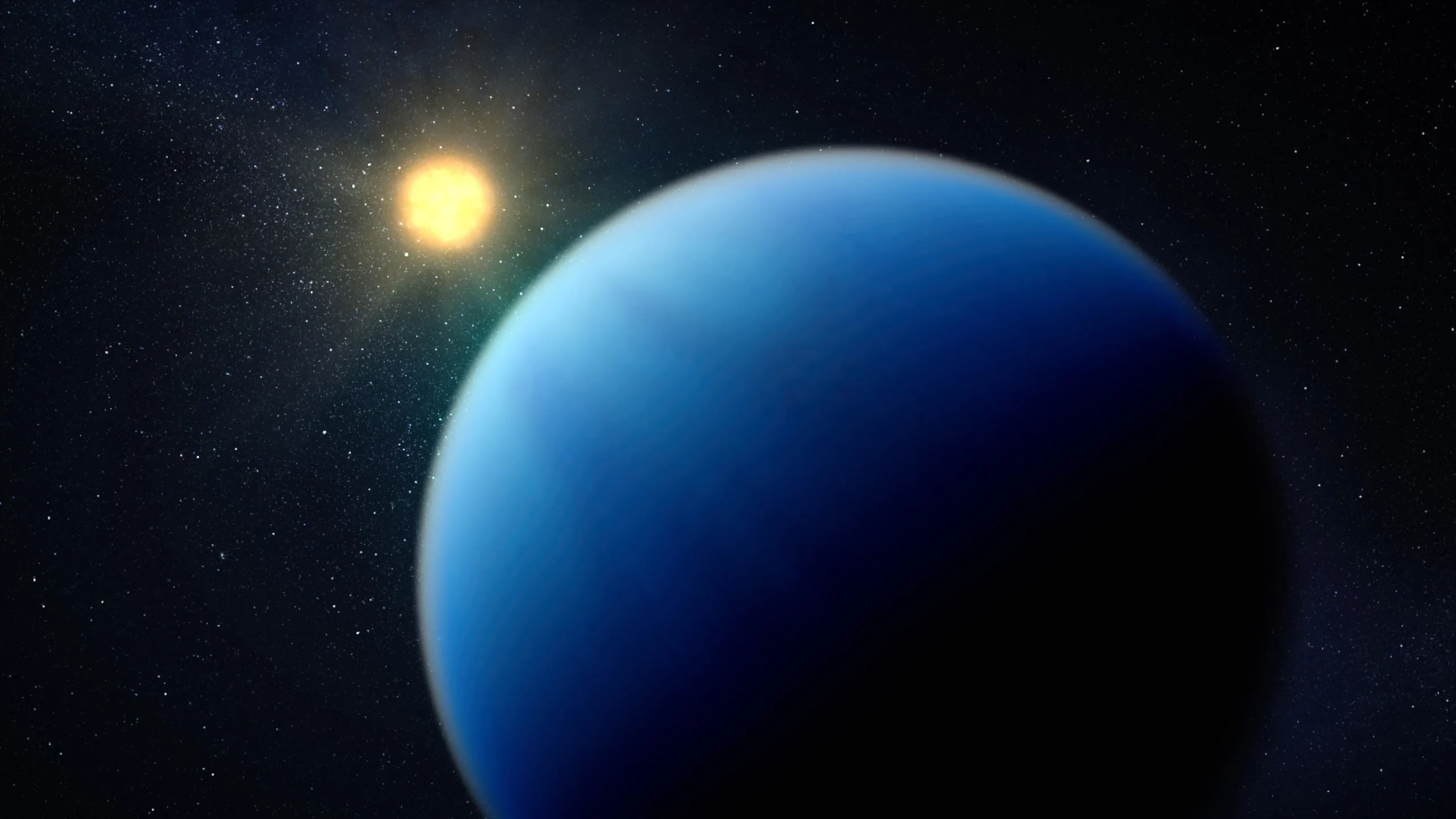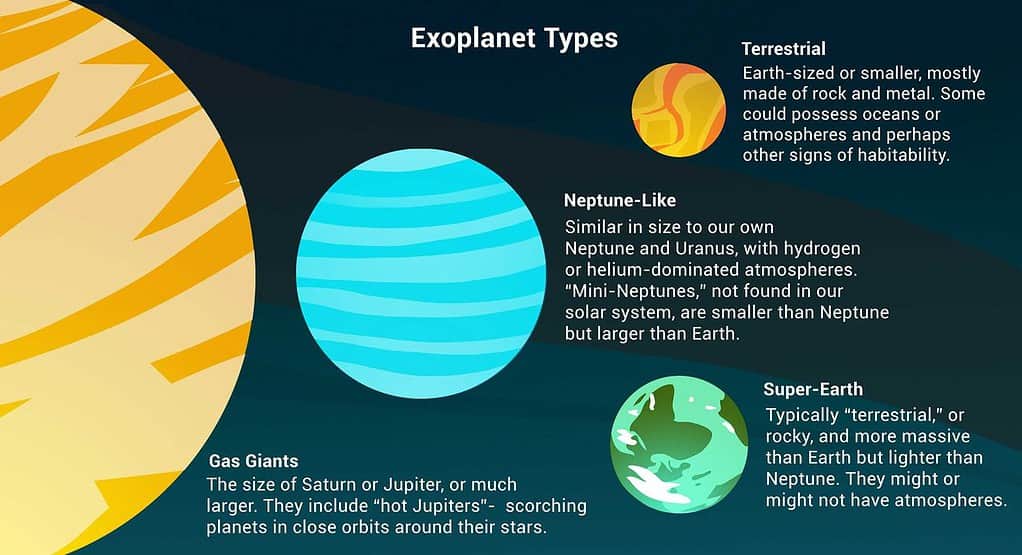
The universe’s expanse brims with mysteries, none more intriguing than the diverse exoplanets orbiting stars beyond our solar system. These distant worlds, ranging from rocky entities to gas behemoths, present a peculiar puzzle: a noticeable absence of planets 1.5 to 2 times Earth’s size, nestled between rocky super-Earths and gaseous sub-Neptunes.
Now, a groundbreaking study utilizing data from NASA’s retired Kepler Space Telescope may provide answers. This research, led by Jessie Christiansen from Caltech/IPAC offers insights into why this gap exists. The key? A process affecting the planets’ atmospheres.
“Exoplanet scientists have enough data now to say that this gap is not a fluke. There’s something going on that impedes planets from reaching and/or staying at this size,” Christiansen said.
The study suggests that certain sub-Neptunes are losing their atmospheres, causing them to shrink. This phenomenon might be due to insufficient mass, and thereby not enough gravitational force, to retain these gaseous layers.
Two main phenomena explain this atmospheric loss:
- Core-powered mass loss. This process involves radiation from a planet’s hot core pushing the atmosphere away over time. Imagine a planet’s core acting like an internal furnace, gradually expelling its atmospheric layer.
- Photoevaporation. In contrast, photoevaporation occurs when a planet’s atmosphere is stripped away by the intense radiation from its host star. Think of this as a cosmic hair dryer melting an ice cube.

To differentiate between these two mechanisms, Christiansen’s team observed the star clusters Praesepe and Hyades, which are 600 to 800 million years old. These star clusters, relatively young in cosmic terms, serve as perfect laboratories to study planetary evolution. The assumption in planetary science is that planets are generally as old as their host stars. Thus, the sub-Neptunes orbiting these stars offer a unique opportunity to study planets at a specific stage in their life cycle.
The results were striking. Nearly 100% of stars in Praesepe and Hyades still had a sub-Neptune planet or planet candidate orbiting them. This high retention rate of sub-Neptunes was in stark contrast to older star clusters observed by NASA’s K2 mission, where only 25% of stars over 800 million years old had orbiting sub-Neptunes. The implication was clear: photoevaporation, which occurs much earlier in the planets’ lives (in the first 100 million years), could not be the primary cause of atmospheric loss for these younger sub-Neptunes.
This strongly indicates that core-powered mass loss is the more likely explanation for the observed size gap. Previously, the consensus among astronomers was that photoevaporation played a more significant role in the early stages of exoplanet evolution. The sheer scale of atmospheric retention observed in younger star clusters like Praesepe and Hyades indicates a different story.
While this study marks a significant stride in understanding exoplanets, it’s just one piece of a larger cosmic puzzle. Christiansen notes that the research is ongoing, and future studies will further test these findings.
The findings appeared in The Astronomical Journal.






